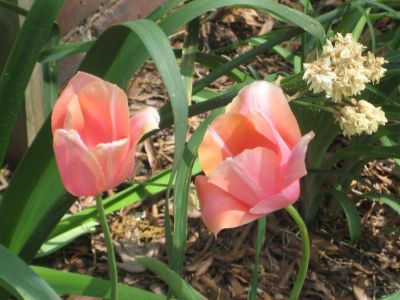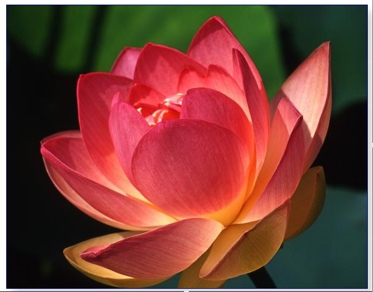- Joined
- Apr 22, 2004
- Messages
- 38,227
As requested, I am starting a new thread on the LMHC’s definition of what a padparadscha is and what a padparadscha isn’t. This discussion isn’t to diss or rip apart any vendor’s, collector’s or consumer’s stone but to help everyone, myself included, understand the definition in order to help us make a better decision when viewing or buying any stone that is advertised as a padparadscha sapphire, either accompanied by a lab memo or without one. I’d like to preface this that everyone is welcome to post opinions, facts or links but please keep it civil and on topic.
http://www.gubelinlab.com/pdf/LMHC_InformationSheet_4_Padparadscha.pdf
For ease of discussion, I’ll add the definition as stated in the link above:
Padparadscha sapphire is a variety of corundum from any geographical origin whose colour is a subtle mixture of pinkish orange to orangey pink with pastel tones and low to medium saturations.
The name “padparadscha sapphire” shall not be applied in the following cases:
1. If the stone has any colour modifier other than pink or orange.
2. etc.....
http://www.preciousgemstones.com/gffallparttwo.html#GIA
The above reputable link has an excerpt of the GIA’s colour grading system which is based on the Gem Set coloured grading system. In the definition or rating of saturation, it is explained as:
1 = grayish (brownish)
2 = slightly grayish (brownish)
3 = very slightly grayish (brownish)
4 = moderately strong
5 = strong
6 = vivid
Therefore based on the above 2 links and definitions, it appears that if a padparadscha sapphire CANNOT have saturation beyond medium, doesn’t it stand to show varying degrees of brown to very slightly brownish?
http://www.gubelinlab.com/pdf/LMHC_InformationSheet_4_Padparadscha.pdf
For ease of discussion, I’ll add the definition as stated in the link above:
Padparadscha sapphire is a variety of corundum from any geographical origin whose colour is a subtle mixture of pinkish orange to orangey pink with pastel tones and low to medium saturations.
The name “padparadscha sapphire” shall not be applied in the following cases:
1. If the stone has any colour modifier other than pink or orange.
2. etc.....
http://www.preciousgemstones.com/gffallparttwo.html#GIA
The above reputable link has an excerpt of the GIA’s colour grading system which is based on the Gem Set coloured grading system. In the definition or rating of saturation, it is explained as:
1 = grayish (brownish)
2 = slightly grayish (brownish)
3 = very slightly grayish (brownish)
4 = moderately strong
5 = strong
6 = vivid
Therefore based on the above 2 links and definitions, it appears that if a padparadscha sapphire CANNOT have saturation beyond medium, doesn’t it stand to show varying degrees of brown to very slightly brownish?












300x240.png)